Tales from behind the scenes of Shrek reveal a lot about the animated hit. Though the movie seemingly appeared of nowhere in 2001, the filmmakers worked tirelessly to make Shrek happen. Borrowing liberally from other studios and meta-fantasies like The Princess Bride, the ogre-led, fractured fairy tale earned more than $480 million and spawned a multi-billion dollar franchise.
The superfans at Shrekfest already know all the Shrek facts behind this Mike Myers-voiced classic, but there are plenty of production stories demonstrating how “happily ever after” was never a guarantee. From battles with Disney to mud showers, the details of the drama surrounding the making of DreamWorks’s millennial masterpiece are as engaging as the end result.
1. Animators On Assignment Worked On ‘Shrek’ As A Punishment
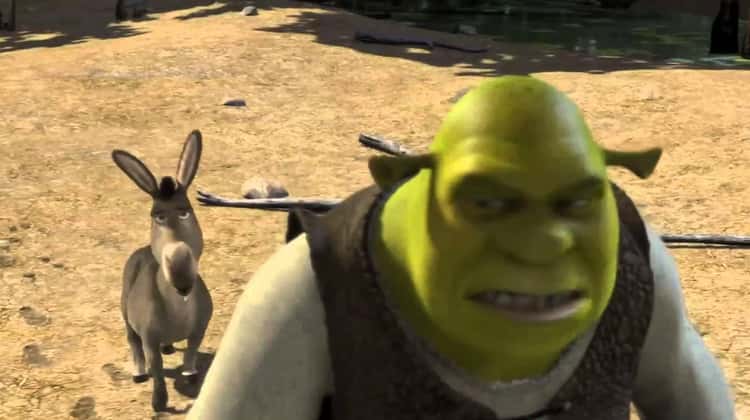
Shrek wasn’t the first animated movie DreamWorks produced. In 1998, the young animation studio released a pair of animated films, including The Prince of Egypt, a hand-drawn take on the Ten Commandments reminiscent of classic Disney animated hits.
Before the breakout success of Shrek, DreamWorks and its animators considered computer-generated animation a lesser-artform than traditional techniques. If artists produced shoddy work on Prince of Egypt, they had to withdraw from the project. As a punishment, they had to work on Shrek instead. The 1998 film made a passable $218 million, but less than three years later, the so-called ‘punishment’ would gross more than $480 million.
2. Lord Farquaad Definitely Skinned One Of The Three Bears
Shrek succeeded because it was a typical children’s film on the surface, but hid surprisingly dark and mature jokes to keep parents and adults entertained. The animators put a macabre spin on classic fairy tale creatures, and it was easy to miss some of their darkest jokes.
Early in the movie, the three bears from Goldilocks end up trapped in a cage. Later on, a shot pans across Lord Farquaad’s bedroom and shows a new bearskin rug complete with Mama Bear’s bow. It’s a morbid touch for a family film, but the movie leans into it further by showing Baby Bear crying with his father at a campfire.
3. A Disney Executive May Have Inspired Lord Farquaad
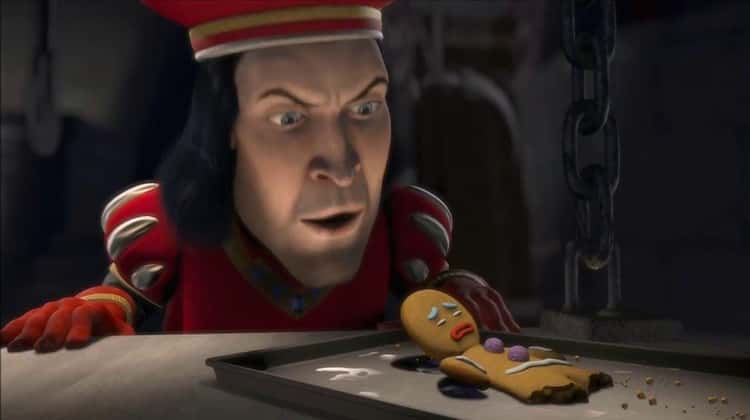
It’s common for Hollywood studios to feud – sometimes decades at a time. It’s a cutthroat world and executives frequently move from studio-to-studio, though not always by choice. Jeffrey Katzenberg held one of the highest positions at Disney Animation when Michael Eisner fired him in 1994. Katzenberg teamed up with David Geffen and Steven Spielberg to form DreamWorks Pictures. Moreover, Katzenberg set out to build an animation wing to rival his former employer’s.
After several flops and small successes, Shrek became Katzenberg’s breakthrough in 2001. He further thumbed his nose at his former boss – beyond the jokes lobbed at Disney theme parks and tropes, the animators allegedly based the villainous Lord Farquaad on Eisner.
4. DreamWorks Submitted Scenes To Disney To Avoid Getting Sued
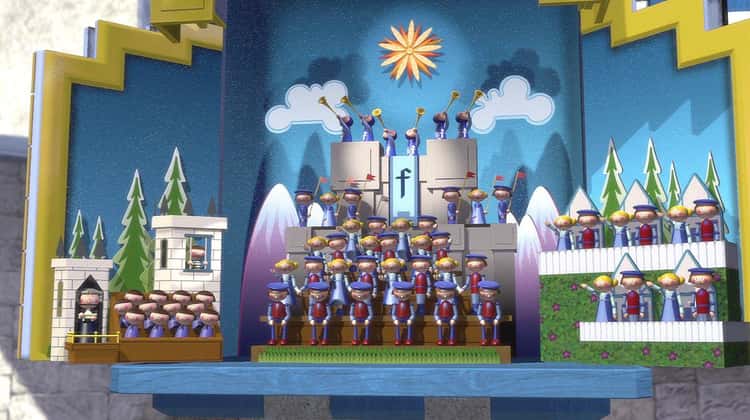
Shrek walked a tricky tightrope while taking shots at Disney, DreamWorks’s rival animation company. DreamWorks clarified its intentions by mocking “It’s a Small World,” retooling versions of classic Disney fairytale characters, and launching an advertising campaign with a magic mirror suspiciously similar to Snow White’s. To avoid a hefty lawsuit after the film’s release, DreamWorks sent copies of specific scenes for Disney’s attorneys to vet.
5. Animators Took Mud Showers To Study Fluid Dynamics
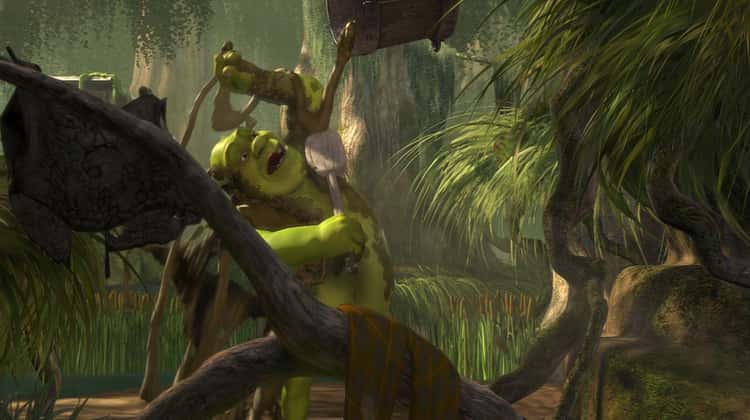
Artists often go to great lengths to perfect their art; animators are no different. Shrek‘s art director Doug Rogers visited magnolia plantations to render Shrek’s swamp meticulously. Other animators took their dedication to the next level to make Shrek’s introduction memorable. It was challenging to capture the fluid dynamics of Shrek’s mud shower, so they took actual mud showers and recorded them to add a touch of verisimilitude to their fantasy world.
6. Chris Farley Originally Voiced Shrek
While Mike Myers gave Shrek his signature Scottish accent, he wasn’t the first comedian selected to voice the ogre. When the movie started production, the lead role belonged to Chris Farley; animators used him as a model for early designs. He passed away in December 1997 with roughly 85% of his dialogue recorded. In early animation tests, artists drew on Farley’s styling from movies like Tommy Boy for the design and portrayed Shrek as an energetic, manic character to better capture Farley’s performance.
7. Nobody Told Mike Myers He Was Replacing His Former Friend And ‘SNL’ Co-Star
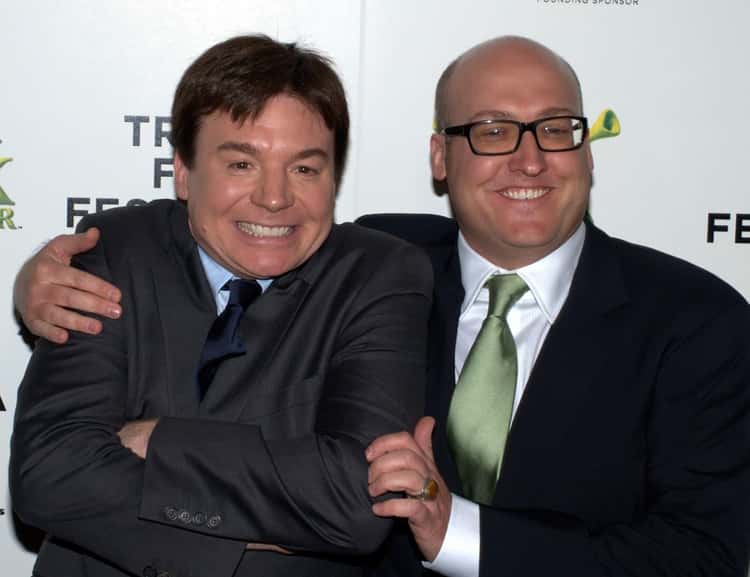
Mike Myers brought the role of Shrek to life, but he might not have accepted the part without a slight omission on DreamWork’s part. Myers joined Shrek as a replacement for the late Chris Farley, who Myers co-starred with on Saturday Night Live. Allegedly fearing he wouldn’t take the part, producers and casting agents didn’t tell Myers who he was replacing. He figured it out on his own after seeing the early character designs for Shrek.
8. Mike Myers Re-Recorded All Of His Dialogue In A Scottish Accent For Free
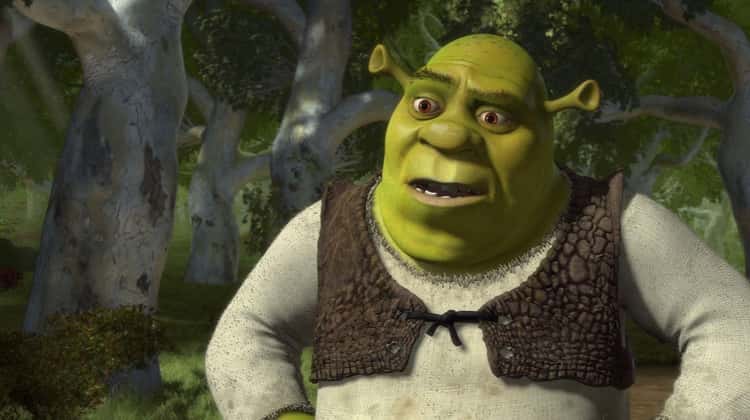
It’s hard to imagine Shrek without Mike Myers’s affected brogue at the forefront, but this accent almost didn’t make it into the final cut. After recording most of his lines, Myers felt something was missing and asked to redo all of his dialogue in an exaggerated Scottish accent.
He volunteered to do the additional sessions for free, but it cost DreamWorks about $4 million to sync up the animation with the new dialogue. In hindsight, it was well-spent money. Myers says he has a framed note from Steven Spielberg thanking him for re-recording the part.
9. Wrestler Maurice Tillet Allegedly Inspired Shrek
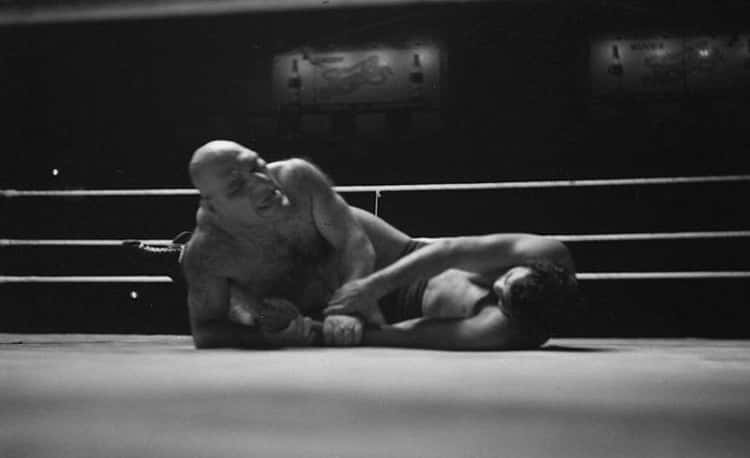
Maurice Tillet was a Russian-born Frenchman who spoke more than 10 languages and initially studied to become a lawyer. In his 20s, Tillet developed acromegaly, a condition causing bones to grow past their standard size, forcing him to change his career trajectory. He ended up as one of the most famous wrestlers of the ’30s and 1940s.
Tillet bears a striking resemblance to the towering star of Shrek. DreamWorks has not definitively confirmed whether or not Tillet inspired Shrek’s design, instead choosing to remain silent on the subject.
9. ‘Shrek’ Was Originally Supposed To Be A Mix Of Motion Capture And Live-Action Backgrounds
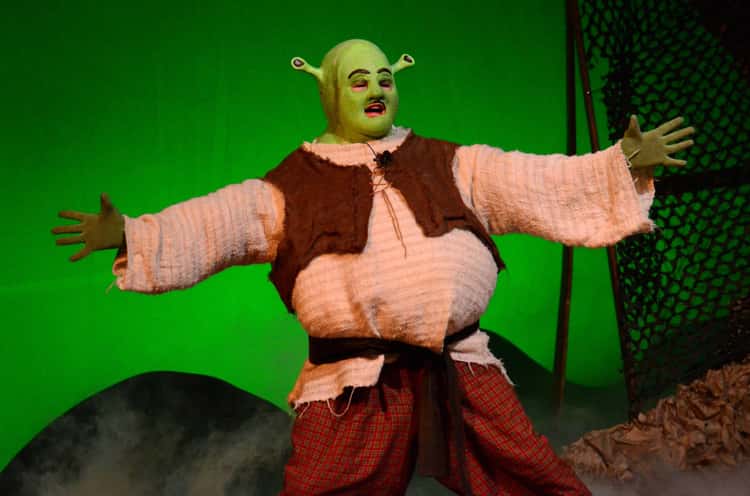
Shrek worked through several issues before its 2001 release, including a grotesquely misconceived animation style. Initially, DreamWorks wanted the characters brought to life by motion capture effects with CGI layered on live-action, real-world backgrounds. When executives saw early test footage in 1997, they reportedly hated it and told the animators to start over from scratch.
